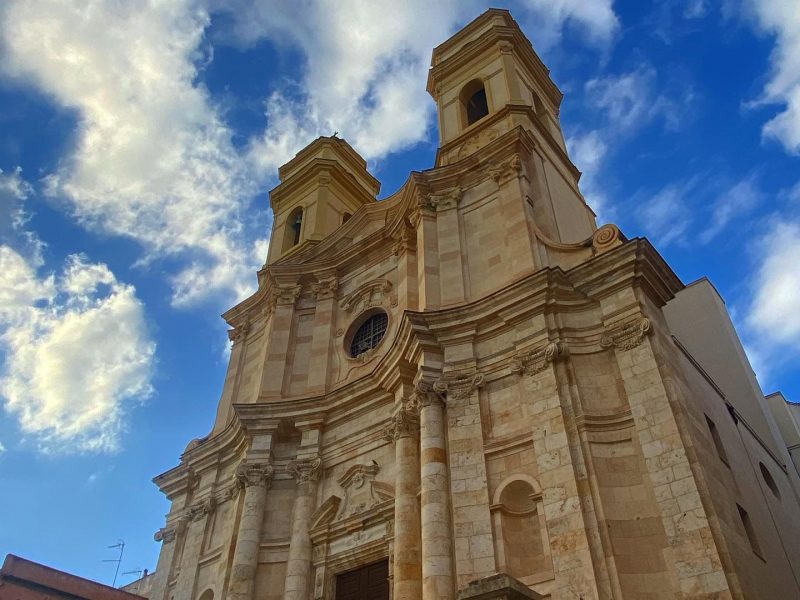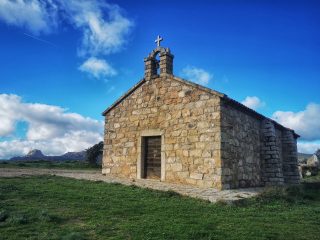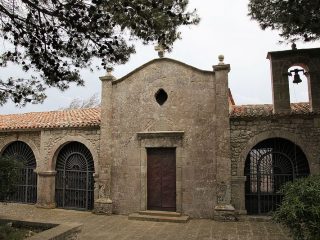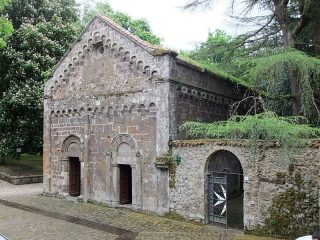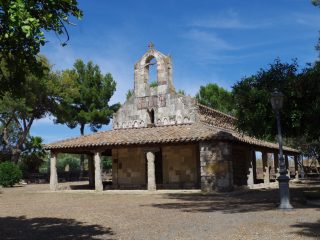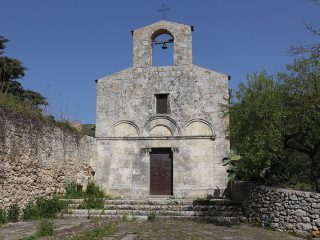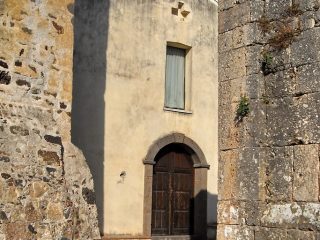The modern-day church of Sant’Anna can be found where once the previous Romanesque-Pisan church stood, demolished in 1784 as a result of damage. The construction of the current-day building started on 27 May 1785, from a project by the architect Giuseppe Viana. The work was so slow that the saying “the Sant’Anna factory” was coined to mean the never-ending work. The church was consecrated on 19 March 1917 by the archbishop Niccolò Navoni.
The facade, completed in 1938, extended almost 30 metres from ground level and followed the criteria of late Italian Rococò or Piedmontese Barochetto. The movement of the lines and surfaces on the facade are reconfirmed in the dynamic layout of the pillars and columns inside.
The two bell towers, which sit slightly further back compared to the facade, have two clocks and are topped with cupolas on octagonal base.
The inside only has a single nave above which is a cupola with octagonal base, surrounded by four apse rooms. Eight ambons open out in the presbytery and transept area; to the right we find the ambons: the Rosary, the Crucifix, the Madonna del Fulmine and the blessed Amedeo di Savoia, while on the left: Christ the Saviour, Our Lady of Consolation, the Immaculate Conception and the Sacred Heart. The high altar where we find the statue of Sant’Anna with the virgin and child, dates to 1906 and is the work of the Bennelli company from Seravezza. The coat of arms of the Stampace neighbourhood is carved onto the antependium with the double-headed eagle the holds up the shield of d’Aragona and a Saracen galena in the background.
The church houses valuable works including the wooden cross from the XIV century attributed to the Stampace school, the statue of the Blessed Amedeo di Savoia by Andrea Galassi and a canvas with Christ the Saviour by Marghinotti.
The feast of Sant’Anna is celebrated on 26 July and is organised by the parish together with the Sant’Anna Society. This is an association established in 1785 whose role is to keep alive the relationship between the saint and the people of Cagliari.


